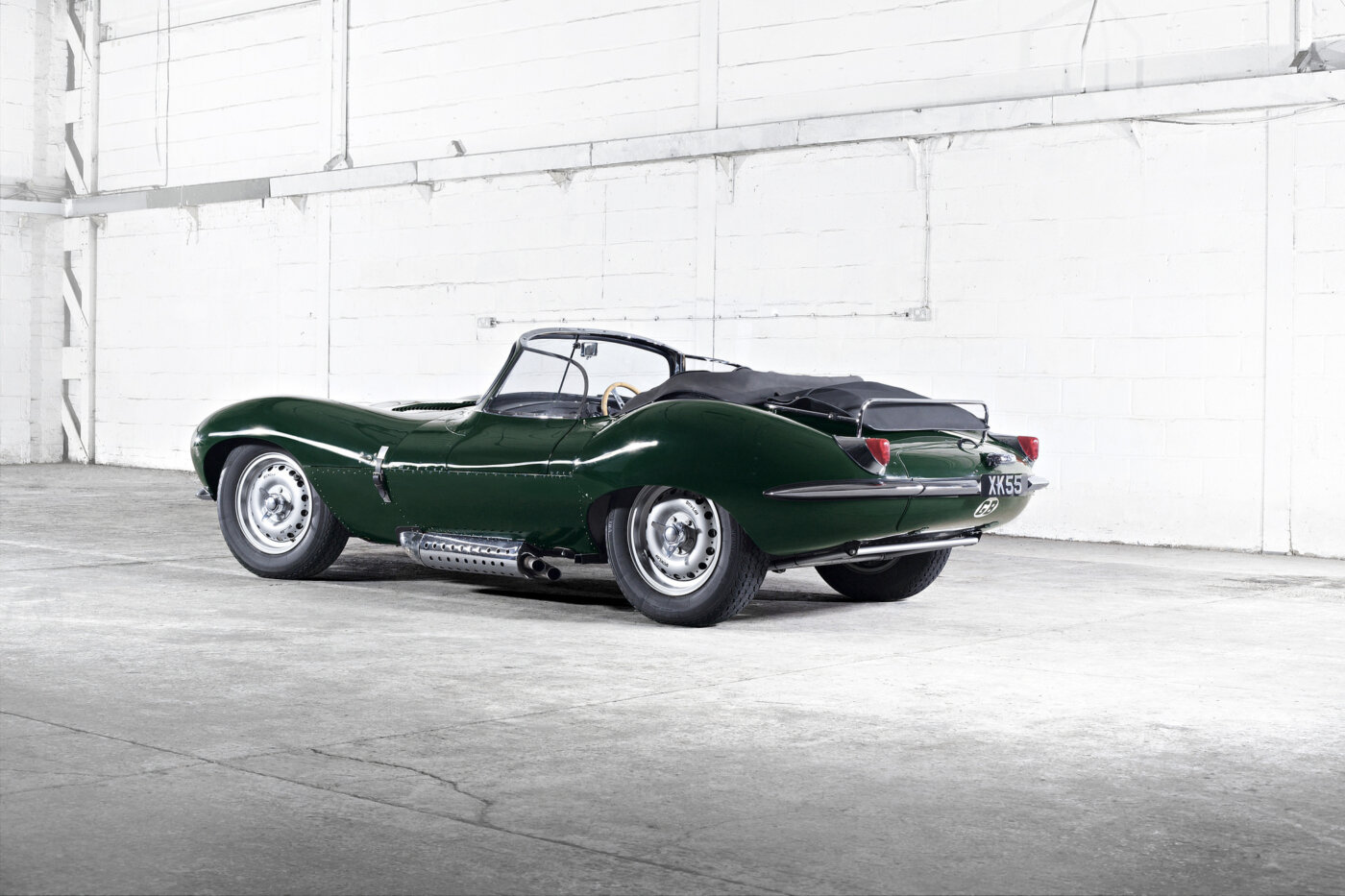
Jaguar makes continuation XKSS roadsters
Most continuation series cars are an effort to produce a greater number of a successful car by its original manufacturer or current rights holder, such as the Shelby Cobra, GT40, etc. While we fancy most any flavor of continuation car, its plain to see the Jaguar XKSS continuation series is extraordinary.
When Jaguar retired from racing as a factory team at the close of the 1956 season, the company had excess D-Types in various stages of completion, tooling to build the cars and spare parts. As the story goes, Jaguar’s autocratic director Sir William Lyons sought to cash in the company’s stock of D-Types by building 25 road cars for the US market, which was hungry for fast foreign cars. The D-Type racecar was only subtly changed to form the road-going XKSS. A full-width windshield, passenger door, side windows, and a convertible top were added to the car, and the large stabilizing fin and cockpit divider were removed. With the addition of bumpers and more sensible lighting, the XKSS was completed as a totally mad street-legal racecar. Unfortunately, a fire broke out at the plant in 1957 that burned much of the area where the XKSS was built. By the time the dust settled, all the tooling and bucks to build the XKSS and a number of incomplete cars were destroyed, allowing only 16 complete cars to be built.
In March of this year, Jaguar announced that nine lost cars would be replicated, completing the original 25-car order. The continuation series was to be built entirely from scratch and utilize as many original processes and materials as possible. Car number zero, a test mule and promotional car, debuted in November at the Peterson Automotive Museum and did not disappoint.
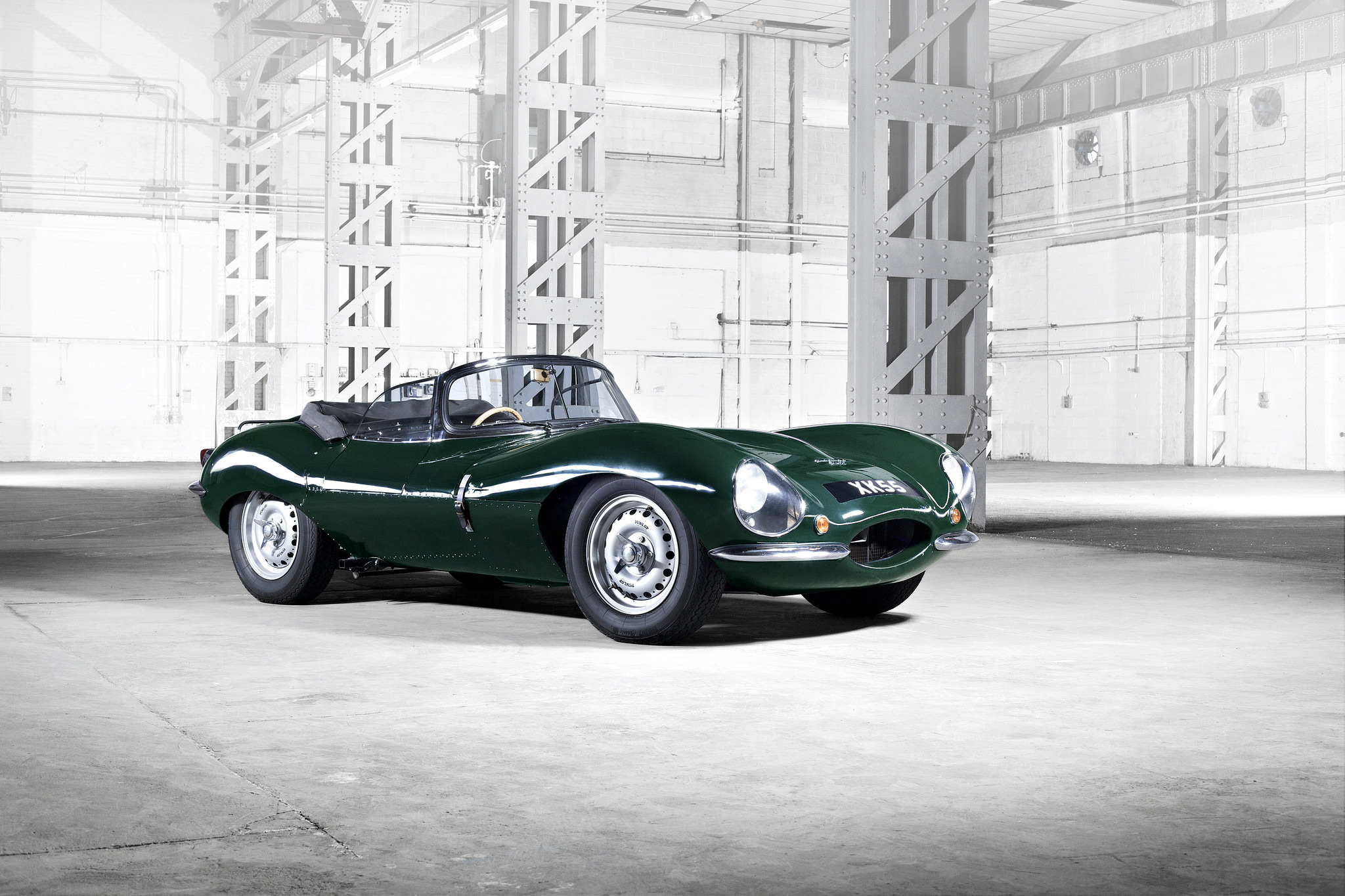
Replicating the XKSS started with a comprehensive 3-D scanning of original examples. New bucks were then built and the closest available metal was used for the new hand-shaped bodies, which are accurate down to panel gap and rivet count. Sticking to the theme of scratch built, driveline components were remanufactured to archive designs, including the engine, transmission and complex early disk brakes.
Members of the Jaguar team cite that turning back the clock was not always simple, though, and some compromises needed to be made for safety. Modern ethanol fuels would eat through the original fuel bag rather quickly, so an improved material was used. The tires, while true to original design, may end up with better grip than the originals due to drastic improvements in rubber production. Changes in the production of leather meant that the Jaguar’s seats needed to be weathered to get the correct look and feel.
What does it cost to own a piece of Jaguar history? Well, $1.24 million – dare we say almost lower than expected, so it should come as no surprise that all nine cars were spoken for, sight unseen. Deliveries for the nine production cars are set to begin in 2017.
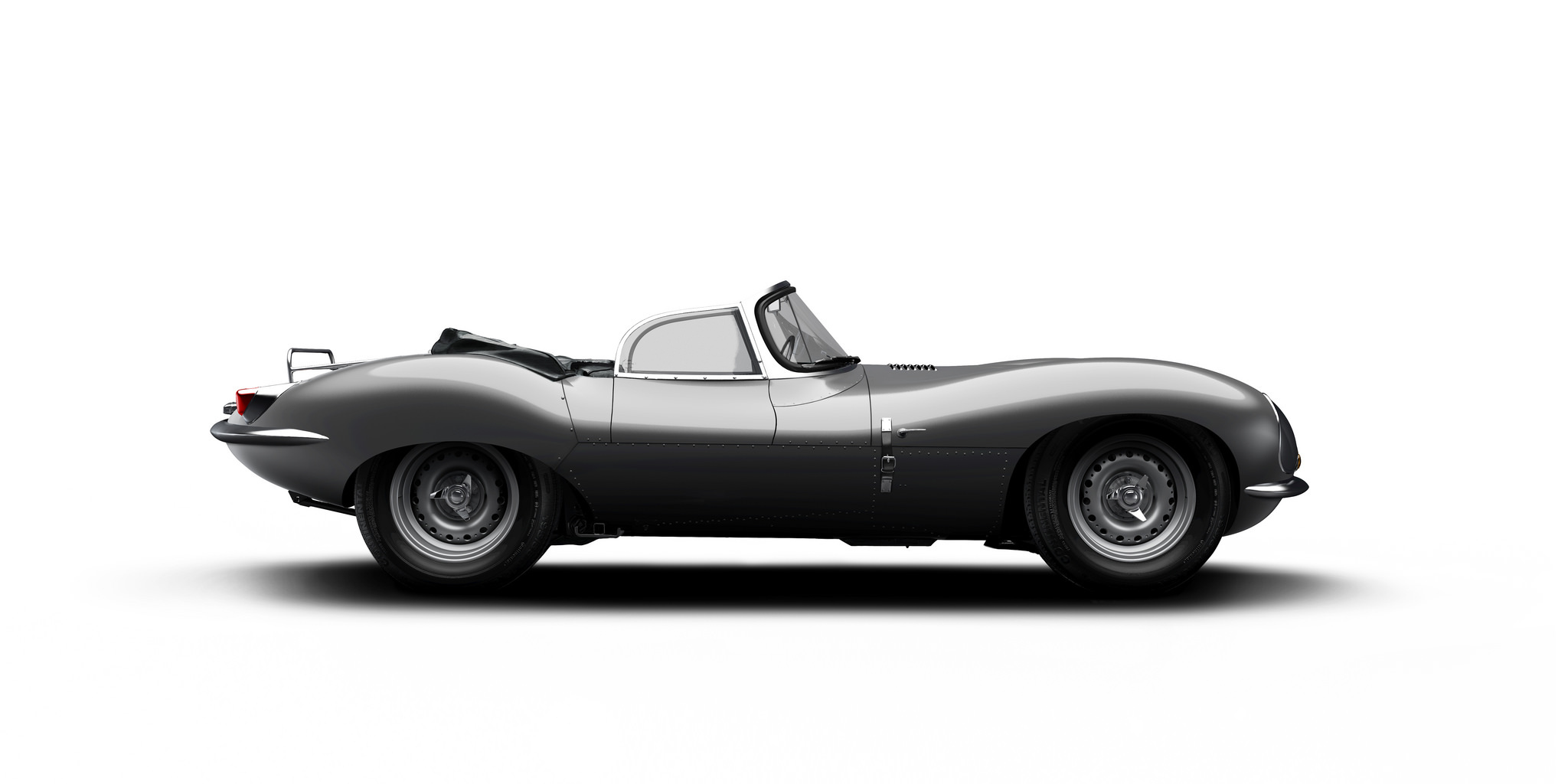

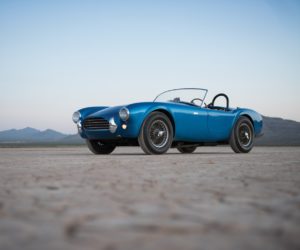
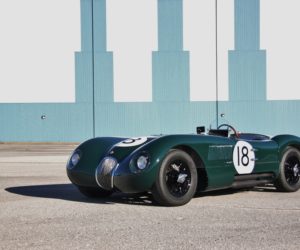
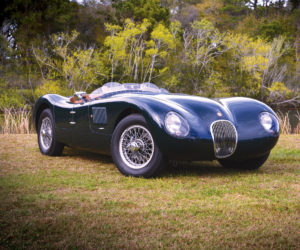
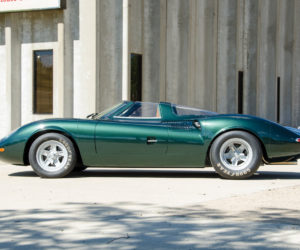
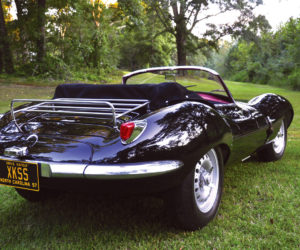
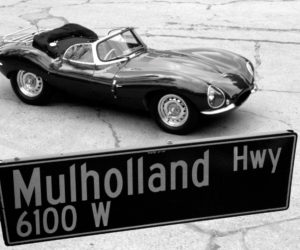




Comments for: The Final Nine
comments powered by Disqus